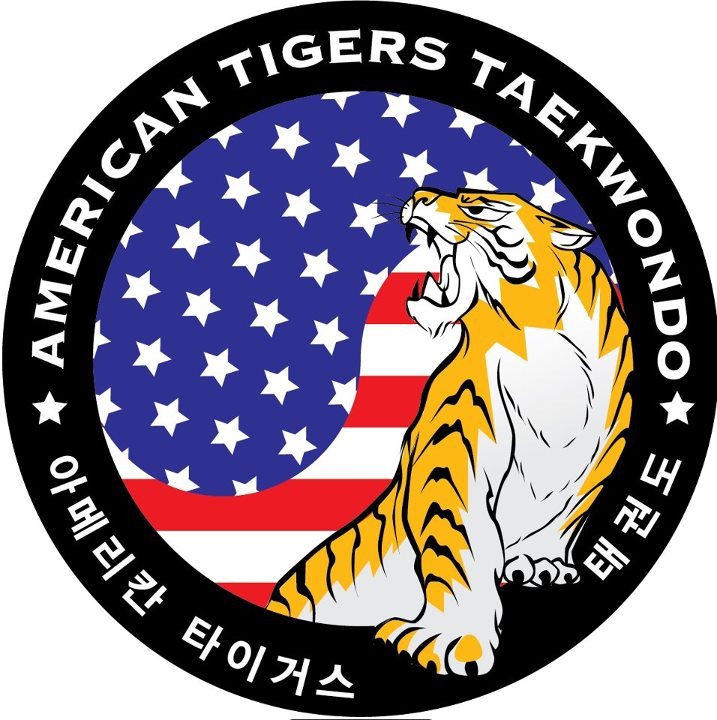THE HISTORY OF TAEKWONDO
Man by nature has the instinct to preserve his own life as well as his race, and therefore engages himself in doing physical activities all the time either consciously or unconsciously. Man cannot do without physical motions and he grows and develops on them, regardless of time and space. In ancient times people had no means other than the bare hands and body to defend themselves, so they naturally developed bare-hand fighting techniques.
Even at the times when arms were developed as the defensive or offensive means, people continued to enjoy bare hand fighting techniques for the purpose of building physical strength as well as showing off through matches at the rituals of tribal communities.
In the early history of the Korean Peninsula, there were three tribes dwelling there, each enjoying warrior’s martial art contests during the ritual seasons.
At that time people learned techniques from their experiences of fighting against the beasts who’s defensive and offensive motions were also the subject of analysis. It is believed that this was exactly the true grounding of today’s Taekwondo, whose name has descended from “subak”, “taekkyon”, “takkyon” and so on.
Later in the latter part of ancient times on the Korean Peninsula, three kingdoms came into existence, always rivaling among themselves for the hegemony. They were Koguryo, Paekje and Silla. All indulged in growing national strength with trained warriors. Therefore, the Korean history tells that there were military personalities among the well-known prominent national leaders of the three kingdoms, which proves the military tendency of ruling hierarchy.
As a result, youth warrior’s corps were organized such as “hwarangdo’ in Silla and “chouisonin in Koguryo, which both adopted the martial art training as one of the important subjects of learning. A renowned martial art book of the days, called “ muyedobo-tongji” said; “ Taekwondo (the art of hand-to hand fight) is the basis of martial art book of the days, called “ muyedobo-tongji” said, “ Taekwondo (the art of hand-to-hand fight) is the basis of martial arts, enabling one to build strength by mean of using the hand and foot freely and training arms and legs as well as the body to be adaptable to any critical situations, which means Taekwondo was already prevalent in that age. Thus, it can be easily assumed that Taekwondo was originated from the days of tribal communities on the Korean Peninsula.
Willa was a kingdom founded in B.C. 57 on the southeastern part of Korea and Koguryo founded in B.C. 37 on the northern part of Korea along the Yalu River, both making great efforts to raise their youngsters into strong warriors called “hwarang” and “sonbae” respectively, with Taekwondo as one of the principal subjects of physical training.


